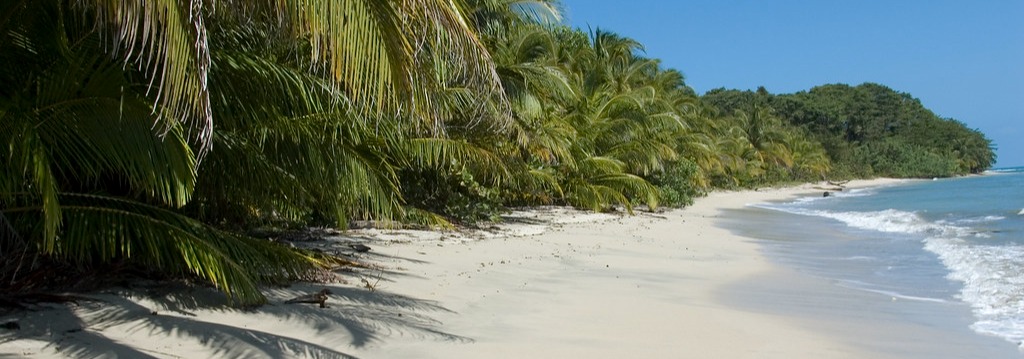The National Parks of Costa Rica
In times when much of the world’s ecosystem is under threat, the conservation work being done across Costa Rica matters, not just for the health of this country, but as a leading symbol of conservation across the world. In this article, we look briefly at the national parks system in Costa Rica, and why it’s so important.
 The History of National Parks in Costa Rica
The History of National Parks in Costa Rica
Realizing that the natural wealth of Costa Rica would bring more long-term value to the country if it were properly protected and managed, Costa Rica created the National Park System in 1970, implementing eleven protected areas around the country. Since then, Costa Rica has implemented El Sistema Nacional de Áreas de Conservación (SINAC) to help administrate the system, which has grown to include 186 protected areas and counting, a portion of land comprising almost 25% of the country’s landmass, a percentage larger than any other country in the world.
Within these 186 protected areas, there are 31 National Parks, 34 wildlife refuges, 15 biological and forest reserves, 11 wetlands, and 33 protected zones. Costa Rica also protects more than 15% of its marine territory in 10 Protected Marine Parks and other Marine Protected Areas.
 The Many National Parks in Costa Rica
The Many National Parks in Costa Rica
The full list of National Parks of Costa Rica covers a wide range of different habitats and parts of the country, from the northwest coast of Santa Rosa National Park to the Caribbean seas of Cahuita National Park, from Tortuguero National Park at the northeast border of the country down to Isla Del Coco to the far southwest, from the very top of Chirripó Mountain to the depths of the caves at Barra Honda National Park.
Due to the geographic and topographic complexity of the country, each has its own unique terrain, conditions, and biodiversity, offering something new for travelers all across the country.

Just within Guanacaste, it’s possible to visit the coastal dry forests of Santa Rosa and Guanacaste National Parks up on the far northwest coast, the mangroves of Las Baulas National Park on the Central Coast, see the arribadas at Ostional Wildlife Refuge, explore the caves of Barra Honda, delve into the forests of Palo Verde, or summit the Tenorio and Rincón de la Vieja volcanoes all within a day’s trip.
The Role of Park Rangers Within the Costa Rican National Park System
Throughout each of Costa Rica’s 11 major conservation areas, park rangers work on three overarching tasks. The first is to keep environments free of poachers, pollution, and other harmful actors, serving as protectors of these environments. The second task is assisting with research and understanding of these ecosystems, by working hand-in-hand with researchers and experts from around the world to collect data and continue to refine procedures for protecting these areas.
The third task of Costa Rican conservation officials is to inform and guide the public, either through educational outreach or physical guidance through national parks. In doing so, park rangers help foster an appreciation and respect for the environment throughout the community, which is very important to the continued protection of these areas for years to come.
The Birthplace of Ecoturism and an Example for the Future
Costa Rica is generally credited as one of the birthplaces of ecotourism, thanks to a high density of microclimates, ranging from Mangrove-Tropical Rainforest to Volcanoes to Tropical Cloud Forest to Tropical Dry Forests at the beach.
Moreover, the country has been repeatedly cited as a nation where community development and ecological protections can exist in harmony. In many places, ecological protection and development are seen as mutually exclusive, leading to sacrifices of one or the other, but communities in the country have shown that this is not the case. By developing thoughtfully, both towns and the environment can thrive together.

In the walkable tropical town of Las Catalinas, access to a rich world of wildlife is just a few steps away from visitors' and residents' front doors.
By continuing to protect its natural resources, invest in renewable energy and transport, and stay at the leading edge of conservation and sustainability, towns like Las Catalinas and so many others continue to drive progress towards a way of living that is healthier for people and the environment. We're proud to be part of a country that is setting an example on the world stage continued protection of these areas for years to come..



